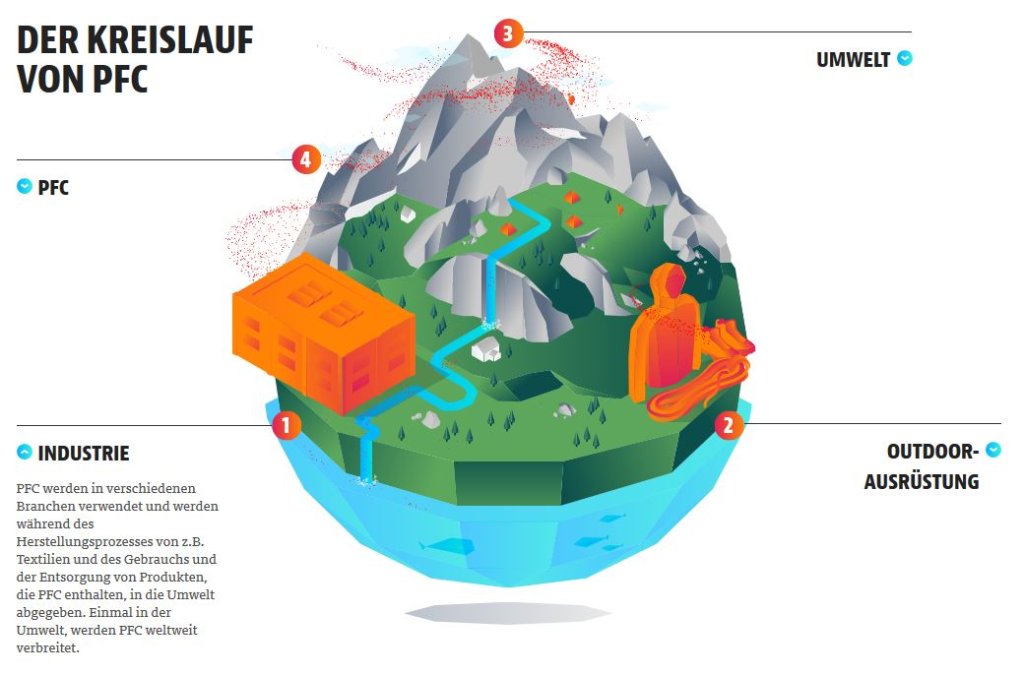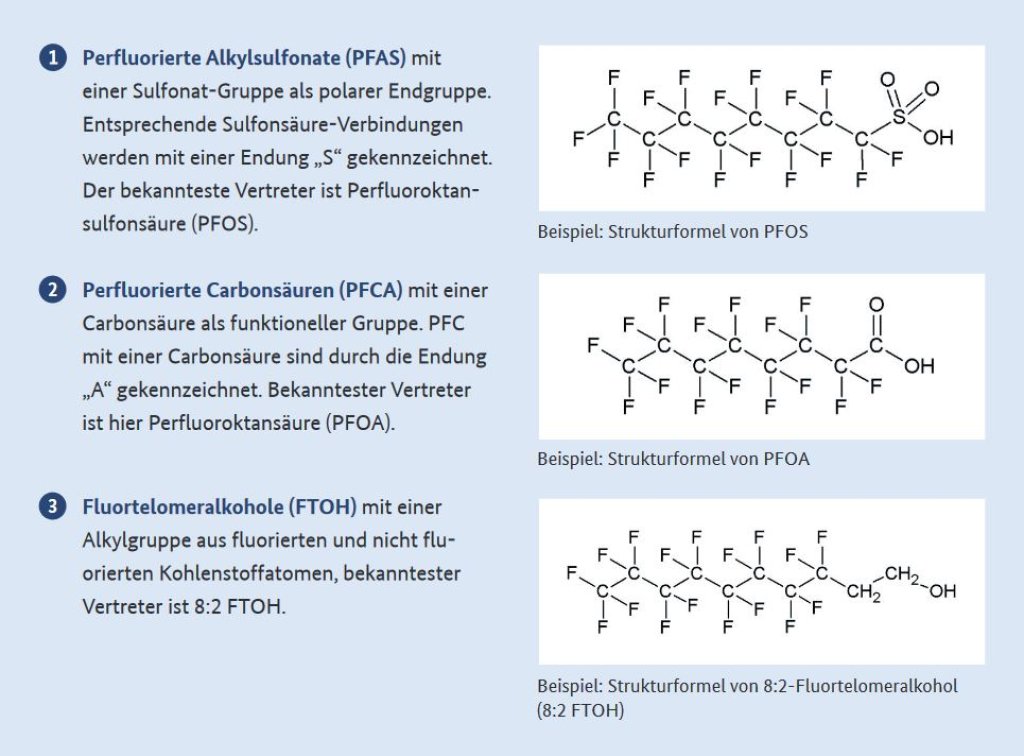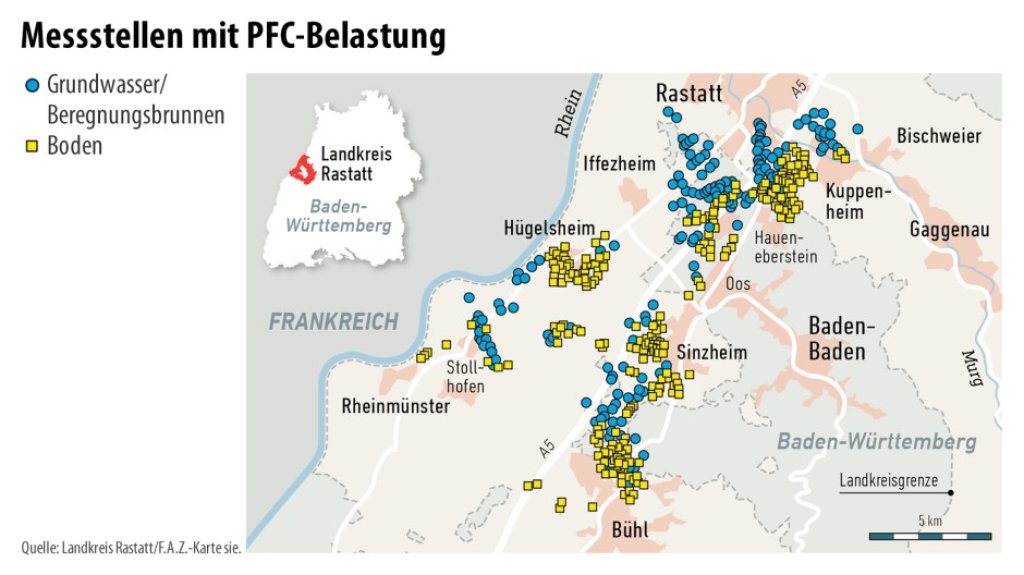In 2015, Greenpeace sent eight teams to Chile, China, Italy, Sweden, Norway, Finland, Russia, Turkey, Slovakia and Switzerland to take snow and water samples. An independent laboratory tested these samples and detected traces of PFC in all of them. The concentrations were slightly higher in Europe than in Asia or the Andes, and yet there was an immediate outcry from the outdoor industry. After all, we outdoor and winter sports enthusiasts are actually a contradiction in terms. We go out because we like being in nature, enjoying the freedom and untouched nature, and that's exactly how we take a piece of this untouched nature away from it. Sometimes more, sometimes less. We can often try to exert as little influence as possible and, for example, take our garbage back with us, avoid going off the beaten track or even compensate for our journey. However, it becomes difficult if we are not even aware of our impact and are not aware that we are leaving something behind. Such as a chemical footprint that remains for many, many years.
What are PFCs?
We leave behind such a footprint with perfluorinated and polyfluorinated chemicals, or PFCs for short. More than 800 different substances are behind this abbreviation, PTFE is just one of many examples. And none of these substances are found in nature, but are anthropogenic, i.e. man-made. PFCs consist of a basic structure of carbon atoms and the attached hydrogen atoms are partially or completely replaced by fluorine atoms. If the original hydrogen atoms are completely replaced by fluorine, they are referred to as perfluorinated. If only parts are replaced, they are called polyfluorinated. This is also the name of the chemical group. The term long-chain and short-chain PFCs is often used because the carbon chains occur in different lengths. For example, as C8 (chain of eight carbon atoms) or C6 (chain of six carbon atoms). In addition, when fluorine is attached to a carbon skeleton, one of the most stable compounds in organic chemistry is formed. And that is what makes PFC so special.




